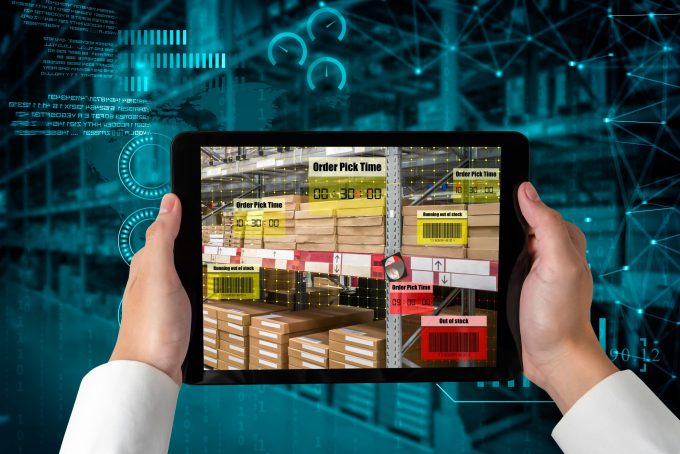New standards published to advance the use of data from smart containers
The quest to develop a set of standards for data collected from smart containers has ...

Communication is key in the logistics business and making sure you understand each other is critical to making digital supply chains visible to all stakeholders.
That simple, obvious fact has not so far been realised and as a result the United Nations’ electronic trade facilitation body, CEFACT, has released a ’business requirement specification’ (BRS) that provides guidance for an integrated track and trace system for multimodal transport.
It aims to shed light on supply chains that many beneficial cargo owners experience as ...
Volcanic disruption at Anchorage could hit transpacific airfreight operations
Macron calls for ‘suspension’ – CMA CGM's $20bn US investment in doubt
De minimis exemption on shipments from China to the US will end in May
Forwarders stay cool as US 'liberation day' tariffs threaten 'global trade war'
Looming Trump tariffs will create 'a bureaucratic monster' for Customs
Mixed response in US to 'Liberation Day', while China leads wave of retaliation
Tariffs and de minimis set air freight rates on a volatile course

Comment on this article